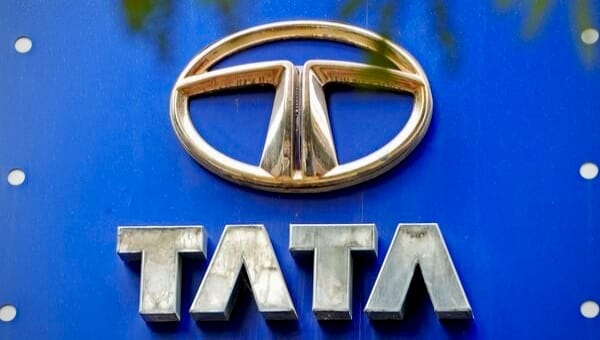
• RBI kept the policy repo rate steady at 6.5% since February, leading public and private banks to stabilize home loan rates around 7.35%, benefiting prime salaried borrowers.
• This pause follows aggressive hikes totaling 250 basis points between mid-2022 and late 2023, when average home loan rates climbed above 7.9%, slowing housing demand and credit growth by 6.7% year-on-year in February.
• Falling inflation (5.2% in March) and a 45 bps drop in 10-year government bond yields to 7.1% have reduced wholesale borrowing costs, enabling banks like SBI, HDFC, and ICICI to cut lowest home loan rates from 7.75% to 7.35%.
• Lower rates improve affordability for entry-level buyers in Tier-II and Tier-III cities, stabilizing urban price gains at 2.8% year-on-year; however, stricter lending norms mean effective rates for many borrowers remain closer to 7.8%.
• Experts anticipate potential rate easing by late 2024 if inflation remains below 5.5%, which could revive housing demand and refinancing, though risks from construction costs and wage stagnation persist.
Home loan rates in India stabilized in April 2024, with public and private banks offering competitive rates starting at 7.35% for prime borrowers, marking a pause after a period of volatility. This reflects banks’ efforts to attract homebuyers amid easing inflation and a steady monetary policy following aggressive rate hikes since mid-2022.
The Reserve Bank of India’s (RBI) decision to hold the policy repo rate at 6.5% since February has reduced upward pressure on lending costs. State Bank of India (SBI) cut its lowest home loan rate to 7.35% for salaried customers with excellent credit, from a peak of 7.75% last year. HDFC Bank and ICICI Bank introduced similar rates in early April, signaling a shift from late 2023 when average home loan rates exceeded 7.9%.
This pause in rate increases is significant because aggressive hikes totaling 250 basis points between May 2022 and December 2023 had slowed India’s housing market, contracting consumer credit growth by 6.7% year-on-year in February. The moderation in rates hints at a tentative recovery in borrowing demand, especially from middle-class buyers in smaller cities.
“Eased inflation, which fell to 5.2% in March from over 6% six months earlier, has allowed banks to recalibrate pricing while safeguarding margins,” said Arvind Menon, chief economist at Axis Bank. The 10-year government bond yield declined 45 basis points to 7.1% over the past quarter, lowering wholesale borrowing costs. This combination supports modest rate easing despite previous tightening.
Urban property price appreciation has slowed to 2.8% year-on-year, the weakest pace in four years, aligning with subdued demand. Priya Nair, head of real estate research at JLL India, said, “At 7.35%, home loan rates align closely with their five-year average, making housing more affordable for entry-level buyers who sustain volume in Tier-II and Tier-III cities.”
Public sector banks reported 11% year-on-year deposit growth in March, bolstering their low-cost funding base and market share, which increased by two percentage points in 2023 according to RBI. This contrasts with tighter regulation and growth slowdowns faced by NBFCs and fintech lenders after previous defaults. Fintech platforms, however, continue to grow; Paisalo Digital Finance reports a 28% rise in fintech home loan disbursements in Q1 2024, despite average rates of 7.7% to 8.1%.
Access to the lowest rates remains limited. “Banks have raised minimum credit score requirements and down payment norms, especially for larger loans,” noted Rajat Gupta, managing director at Credit Suisse India. While prime borrowers access loans at 7.35%, many others face rates closer to 7.8% or higher. Rising construction costs and stagnant wages continue to constrain broader demand.
Home loan pricing tracks external benchmark rates, particularly EBRLLR — the repo rate plus bank-specific spreads. With the repo rate steady at 6.5%, spreads have narrowed from around 250 to 185 basis points, enabling banks to offer lower effective rates. Veteran participants compare the current environment to the post-2013 taper tantrum phase, when RBI paused hikes, boosting housing demand and refinancing.
Looking ahead, the RBI’s Monetary Policy Report highlights housing credit as 80% of real estate sector credit, urging careful risk management amid volatile building material prices and evolving affordable housing policy. Analysts expect if headline inflation remains below 5.5% through the next two quarters, RBI could ease rates by late 2024, lowering home loan rates further and reactivating dormant market segments.
“Affordable borrowing costs remain crucial for sustaining housing momentum,” said Menon. While external shocks or a rebound in inflation could challenge progress, banks’ improved liquidity and cautious policies underpin a cautiously optimistic market outlook. Developers aim to capitalize on this stability to grow in smaller cities and attract first-time buyers.
How quickly these factors translate into broader market recovery will depend heavily on RBI’s inflation trajectory, wage growth, and construction cost trends in coming months.








